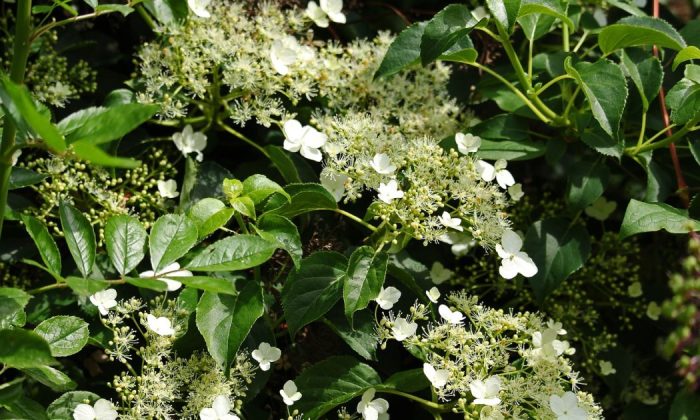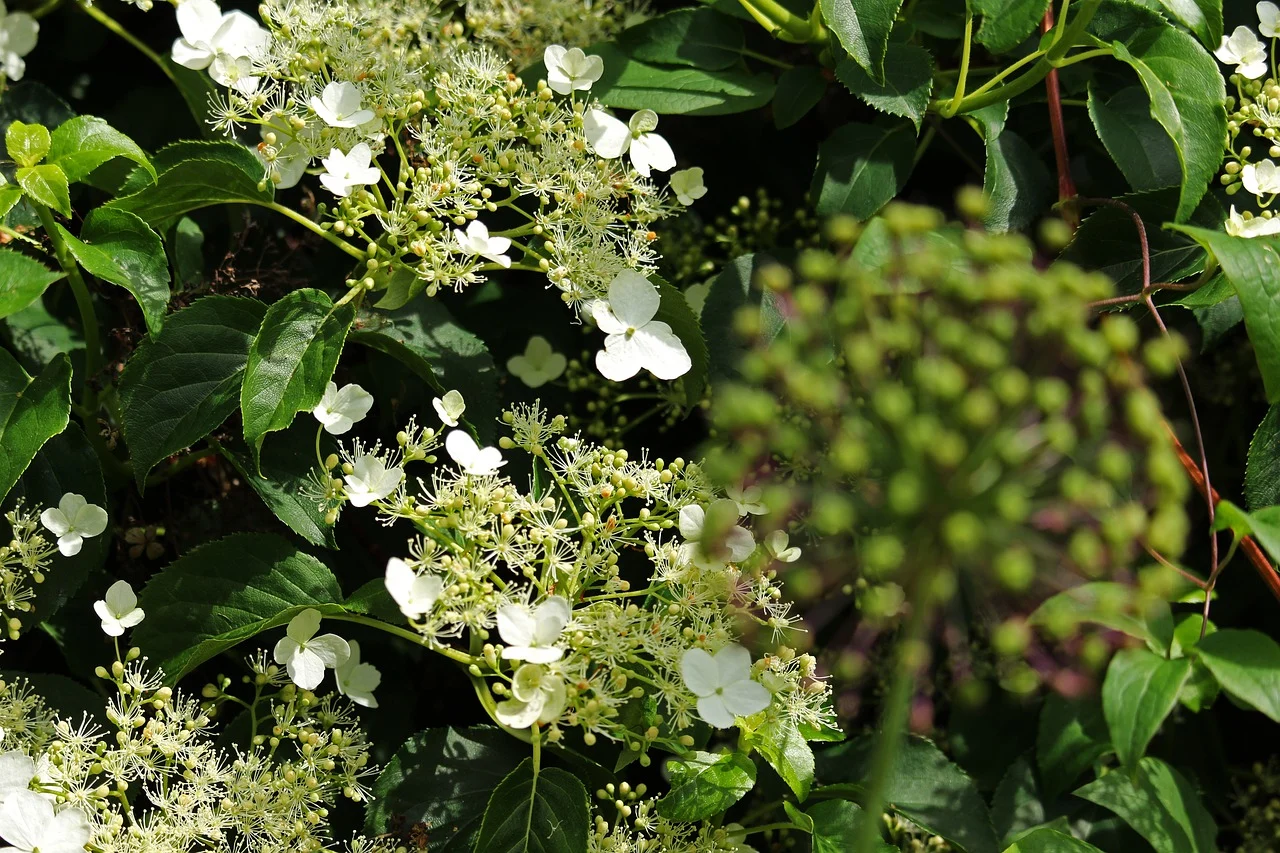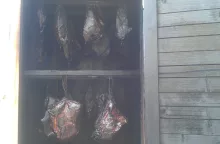Hydrangea, commonly known as hortensia. Growing tips

The name of this plant is elegant, and so are its flowers. Huge cluster of multi-coloured flowers is what makes hortensia so beautiful and popular. If you are looking for a plant that does not grow as a bush, but climes along some kind of support, you can choose Hydrangea petiolaris. It produces nice white flowers and attractive leaves. It is particularly suitable for north or east facing side, fence, etc.
Growing is not difficult
Growing hortensia is not difficult. There are deciduous or evergreen varieties so, if you want an evergreen plant you should choose climbing hydrangeas such as Hydrangea appearanniior or Hydrangea serratifolia. These plants need warm environment and but you should also know that it may take several years for hortensia to grow properly. Petiole hydrangea, is the most popular climbing hydrangea, and can reach a height of up to 12 m and a width of up to 8 m. So, it is worth waiting for such a big beauty. Wouldn’t you say so?

Photo: Pixabay
When and where to grow hortensias
If the plant faces strong sunlight, its flowers will soon fade away but if you plant in a shady spot, you will not have many flowers. A kind of dilemma, isn’t it? Choose a bright place without direct sunlight. It should also be protected from winds. During the first years, you need to protect it from frost so, cover the plant before winter with aspen for example. Hydrangeas love moist but well drained soil. All types of soil will do, including acidic soil. Plant it in spring or fall when the soil is warm enough.
Planting
Hydrangea leaves can easily irritate your skin, so wear gloves when handling these plants. Place it as deep as it was planted in the original pot. A good idea is to work some compost into the soil. Cover with mulch after planting to help retain moisture in the soil. Hydrangea need some kind of support to climb. Do not use fertilizers as these encourage leaf growth and not flowers.
Pruning and cutting
Pruning is done after flowering, which is in summer. Shorten shoots down to a few new buds. If you want to do more radical cut, do it in autumn or spring. You may use soft cuttings from pruning to propagate your hydrangea.
Source: https://www.gardenersworld.com/how-to/grow-plants/how-to-grow-climbing-hydrangeas/
Preview photo: Pixabay

Gardening is my hobby, I have a lot of experience and I am happy to share it.








0 comments